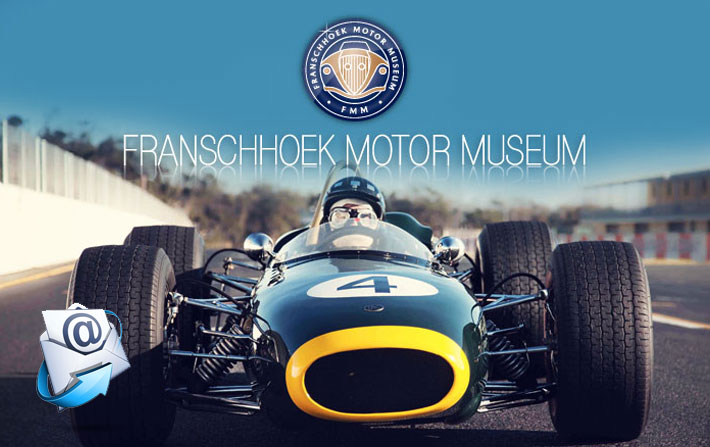|
A few months ago we gave you a progress report on the 1939 Peugeot Hillclimb special. Well, time has really moved quickly and the good news from our restorers is that we can expect to be firing her up soon. It’s been an interesting and educating project – not only has Steven and Graham Mesecke surpassed all expectations with their astounding restoration but they were also instrumental in uncovering some hidden secrets of this wonderful piece of Africana. Now that we are days away from starting her again its fantastic to know just what has gone into this wonderful car. Here are some of the interesting facts discovered along the way…
The chassis has been three different colours in its lifetime, starting out as grey then yellow and finally black. It was also determined that the car had started out with a red body and only later did it become the French racing blue it is today. At first the rear fenders were part of the main bodywork and the cycle-type mudguards that are now on the car were fitted much later. But what we found most interesting was once we got engine open that there was very little Peugeot remaining!
Don Tout, the brain who built the car, had obviously used a lot of what he had at his disposal or what gave him the most bang for his buck. The pistons were of British make, possibly from a Triumph, and Ronnie from Bastics (our engine rebuilders) had a tough time matching them. Then the cam had been modified to drive a Lucas distributor and the oil pump, that we never quite determined the true heritage of, bore a similarity to that of a Bedford. The overhead valve rockers and adjusters are British, Whitworth Fine threads and all, and there’s an Austin starter, Riley steering, Austin 7 seats, Dodge brakes, Jaguar radiator – but best of all is the supercharger that came from a Mosquito WWII aircraft and equipped with two 1½-inch SU carburettors!
When you look at the neat engine-turned dashboard with all its gauges – oil pressure, boost pressure, oil temp and water temp – you realise this is no backyard racing car. The all-aluminum hand-made body with its long, louvered bonnet and twin aero screens all helped define the car’s single purpose – to climb hills very quickly. The project is almost completed now and the car will be ‘launched’ at the museum’s Heritage Day celebrations on 24 September. Why not come along and share the moment with us? WH
|





